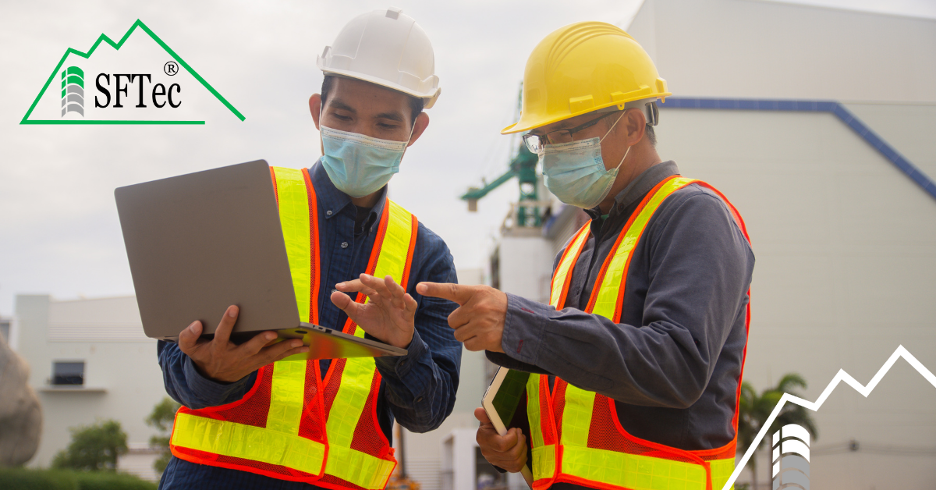The following article was inspired by the Big Rentez blog: https://www.bigrentz.com/blog/construction-trends
The COVID-19 outbreak and pandemic has impacted the way people work around the world, no matter their field. The construction industry has faced many challenges and changes due to this situation, and new trends are emerging as more sectors are opening up again.
2021 is a strong year of growth in the construction industry, but it comes with more expensive raw materials, more safety regulations, and a shortage of labor. There are also new technologies and improved processes to learn, which is why staying up to date with the latest trends can give a competitive advantage.
The following top 5 list of construction industry trends can help firms be more innovative and modern, allow for more growth opportunities, with better safety measures, all of which can allow you to be more successful.
1. Increased Costs of Building Materials
The AGC has found that building materials have gone up by 5% over the past 3 years. With the increased interest rates and a fragmented workforce, it is no surprise that the demand for construction materials has gone up. The demand that is especially affecting builders now that more projects are taking place again. However, the historic lumber bubble may be coming to an end now the economy is shifting back, making costs more manageable.
2. Demand for More Workers
While many construction jobs can be filled with the help of robotics, there is still a strong demand for quality laborers. COVID-19 altered the economy and caused many people to be out of work, but now that business is swinging into full force, many men, and especially women are changing industries to more hands-on trade jobs. Being a laborer has never been more appealing, which is increasing enrollment into trade schools, which will supply the construction industry with more qualified, innovative, and diversity of workers.
3. More Technology for the Construction Industry
Technological innovations in tools and services have modernized the construction industry in incredible ways. The use of drones has been a great addition that allows builders an inexpensive way to capture the overhead view of a project, to create maps and images, and can collect real-time information for more efficient decision-making. Augmented reality is being used more than ever to make detailed pre-construction visualizations, allowing architects to develop accurate simulations, and allows for better safety training. Similarly, building information modeling (BIM) technology is advancing allowing for more efficient digital renderings of construction projects.
4. Sustainable and Green Construction
The growing trend of using more environmentally-friendly materials to create more green projects is having a considerable impact on the construction industry. With the push towards renewable energy sources, more green infrastructure will be needed, creating more demand for construction and materials. More people are making the switch to greener, smarter homes with incredible innovations that will reduce their environmental impact, even if the costs are higher.
5. More Digital Communication
COVID-19 certainly impacted the way that people communicate, with more digital applications and video calls. Being able to access worksites remotely has allowed for safer interactions, while keeping workers accountable and on track. Being able to hold international meetings over video chat, fill supply orders digitally, and use new software to ensure construction management has allowed teams to work easier, no matter where they are in the world, has changed the way we work.
The popularity of FRP has increased because of their ability to keep up with such trends. In fact, the cost of FRP is more stable and cheaper than steel, therefore, they remain an affordable building material. The demand for workers is not too high when using FRP due to its ease of installation and the lighter weight of the bars compared to steel. Moreover, FRP is made from recycled materials and is itself recyclable making it an eco-friendly, sustainable alternative. It was developed to be able to resist any weather conditions, reducing the risk of delay in the project and work accidents. It can easily be said that FRP is the future of building materials based on current construction trends.
If you want to get started on your next construction project, reach out to us and we can help you find the best supplies for your needs! https://sftec.ca/contact/



